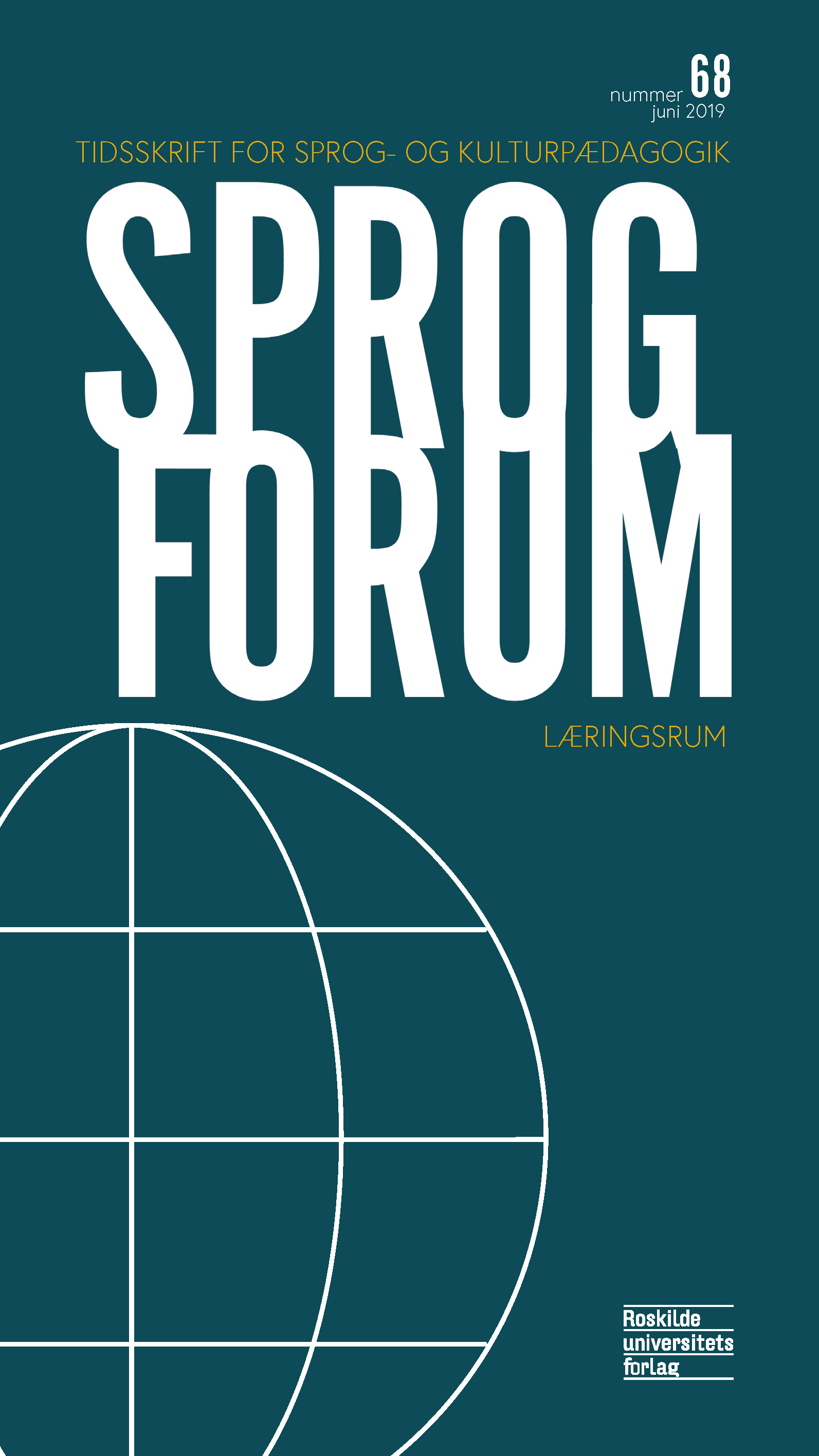Learning Chinese Characters in the Digital Learning Room
DOI:
https://doi.org/10.7146/spr.v25i68.128434Nøgleord:
Chinese, Digital, LearningResumé
Resumé
Referencer
Gao, L. & Meng, L. (2000). 外国留学生汉语阅读中音、形信息对汉字辨认的影响 (Recognition of Chinese characters by foreign learners: The role of the phonetic and orthographic codes). 世界汉语教学 (Chinese Teaching in the World), 4(54), 67-77.
Geddes, S. (2004). Mobile learning in the 21st century: Benefits to learners. Retrieved from http://www.emarketer.com/newsroomIindex.php/collegestudents-adopt-mobile-board/.
Lai, C. & Gu, M. (2011). Self-regulated out-of-class language learning with technology. Computer Assisted Language Learning, 24(4), 317-335.
Rosell-Aguilar, F. & Qian, K. (2015). Design and user evaluation of a mobile application to teach Chinese. Jaltcall Journal, 11(1), 19-40.
Xu, Y., Chang, L., Zhang, J. & Perfetti, C.A. (2013). Reading, writing and animation in character learning in Chinese as a foreign language. Foreign Language Annals, 46(3), 423-444.
Zhan, H. & Cheng, H.J. (2014). The role of technology in teaching and learning Chinese characters. International Journal of Technology in Teaching and Learning, 10(2), 147-162.
Zhu, Y., & Hong, W. (2005). Effects of digital voiced pronunciation and stroke sequence animation on character memorization of CFL learners. Journal of the Chinese Language Teacher Association, 40(3), 49-70.
Downloads
Publiceret
Citation/Eksport
Nummer
Sektion
Licens
Fra 2024 deles ophavsretten mellem forfatteren og Forlaget Sprogforum.
Artikler udgivet i Sprogforum må citeres, downloades og videresendes for ikke-kommerciel brug, under forudsætning af normal akademisk reference til forfatter(e) samt tidsskrift, årgang, nummer og sider. Artiklerne må kun genudgives med eksplicit tilladelse fra forfatter(e) og tidsskriftet.
Til og med 2023 Deles ophavsretten mellem forfatteren og Roskilde Universitetsforlag.





